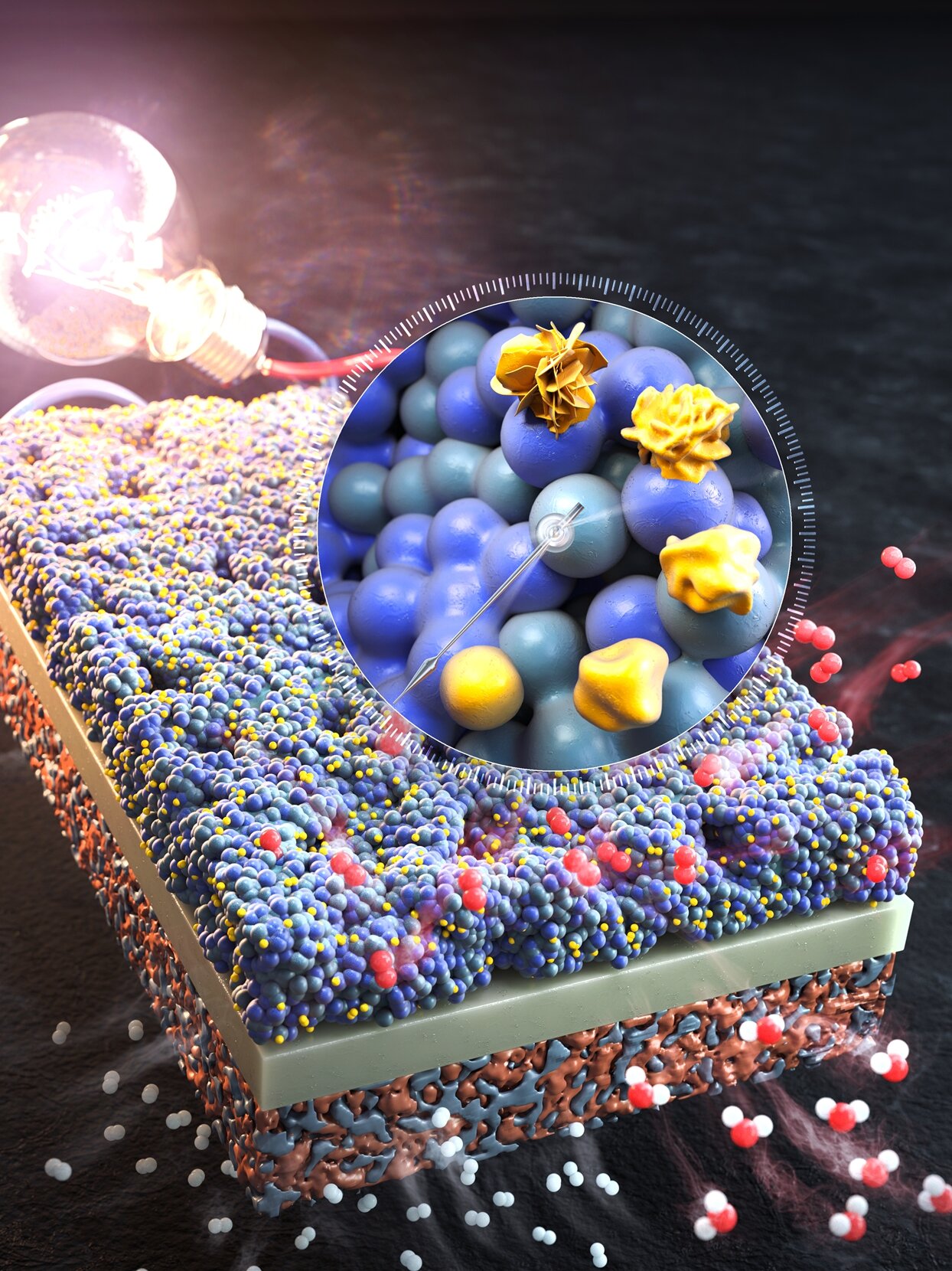
A research team has successfully developed a catalyst coating technology that significantly improves the performance of solid oxide fuel cells (SOFCs) in just four minutes.
Dr. Yoonseok Choi from the Hydrogen Convergence Materials Laboratory at the Korea Institute of Energy Research (KIER), in collaboration with Professor WooChul Jung from the Department of Materials Science and Engineering at KAIST and Professor Beom-Kyung Park from the Department of Materials Science and Engineering at Pusan National University, led the research.
Their findings were published in Adva...
Read More









Recent Comments